Rethinking Time: The Universal Time Measurement System (UTMS)
The Problem: A Fragmented and Arbitrary Concept of Time
Time, as we commonly perceive it, is a patchwork of historical conventions. From the irregular lengths of months to the arbitrary divisions of hours and minutes, our timekeeping systems are rooted in outdated traditions rather than fundamental principles. Scientific time measurement relies on atomic clocks and SI units, yet everyday usage remains tethered to a system that fails to scale dynamically across contexts.
Key Limitations of Current Timekeeping:
- Inconsistent Granularity: Conventional units (seconds, minutes, hours) lack a coherent scaling mechanism.
- Context Dependence: Scientific, astronomical, and practical time formats exist in isolation, requiring conversions.
- Limited Expressiveness: Uncertainty and precision in time measurements are often neglected or poorly represented.
- Human-Centric Arbitrary Anchors: Most time standards are based on Earth-centric cycles, limiting their applicability in scientific and interplanetary contexts.
The UTMS Approach: A Unified, Logarithmic, and Context-Aware System
The Universal Time Measurement System (UTMS) introduces a rigorous yet flexible model for time representation, designed to scale seamlessly across disciplines, from high-precision physics to human-readable formats.
Core Innovations:
- Anchor-Based Referencing:
- Users define meaningful reference points (e.g., “Now”, epoch events, scientific milestones).
- Time values are expressed relative to these dynamically defined anchors, allowing adaptable contextualization.
- Multi-Format Representations:
- Scientific Notation: Engineering-style notation with uncertainties and significant digits.
- Unit-Based Notation: Modular unit definitions balancing precision and readability.
- Calendar-Informed Conversions: Integrates with historical and conventional time systems for interoperability.
- Interoperability with Existing Standards:
- Designed to integrate with ISO 8601, Unix timestamps, and SI-based atomic time.
- Compatible with both computational and human-readable contexts, ensuring usability across domains.
- Logarithmic Time Scaling:
- Enables measurement across vast timescales (from Planck time to cosmic epochs) without arbitrary boundaries.
- Provides intuitive and computationally efficient time representation.
- Uncertainty as a First-Class Property:
- Explicit handling of absolute and relative uncertainties.
- Propagation of uncertainty across transformations ensures precision-aware computations.
Visual Representation of UTMS Features
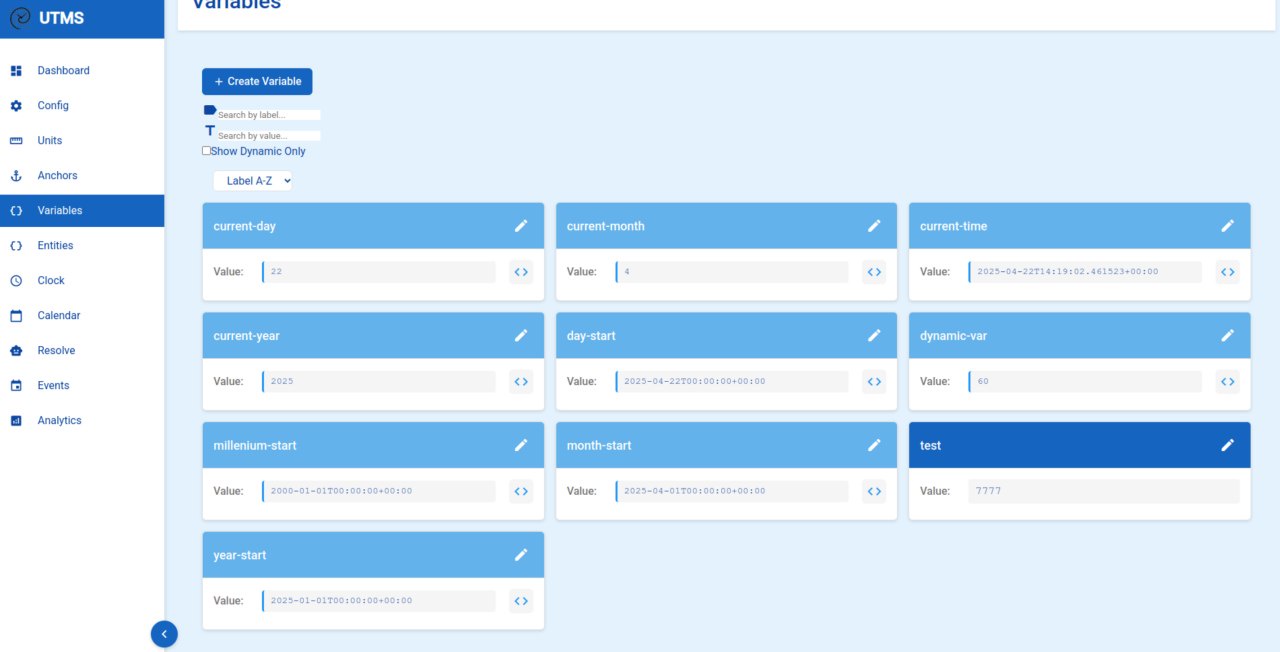
An example of variables in UTMS for flexible time management.
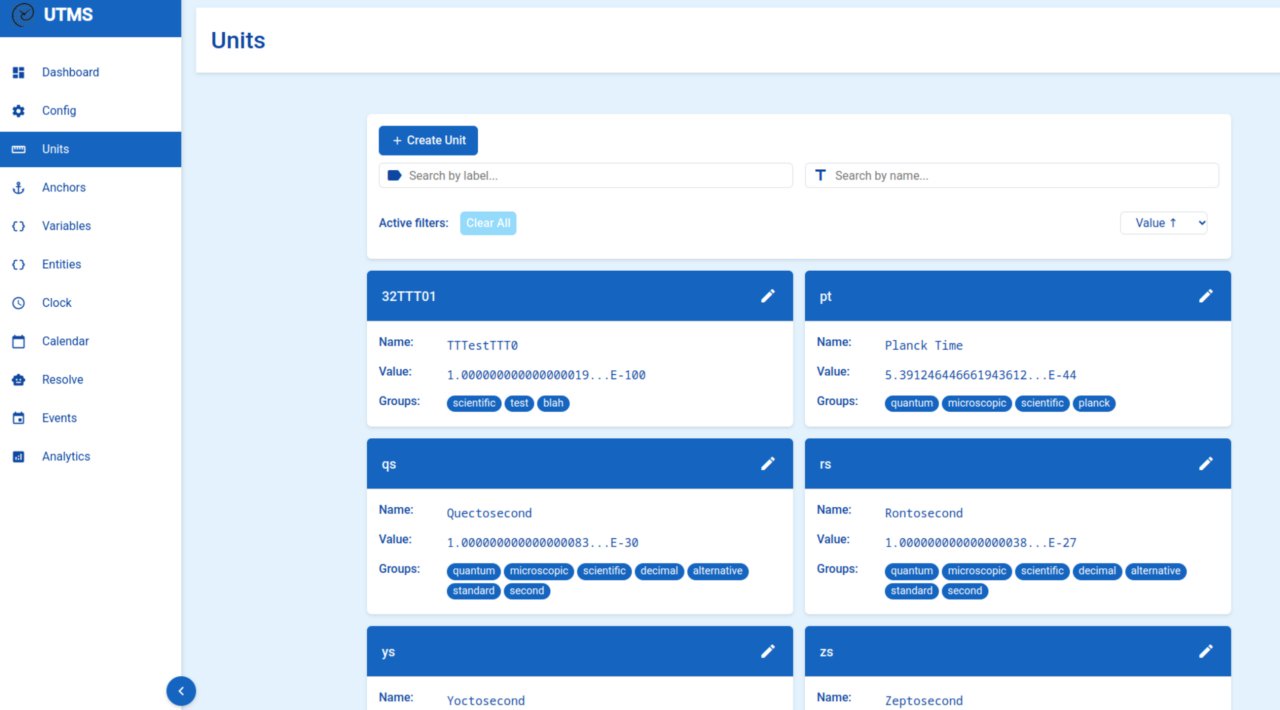
Various units used in UTMS for scalable time representation.
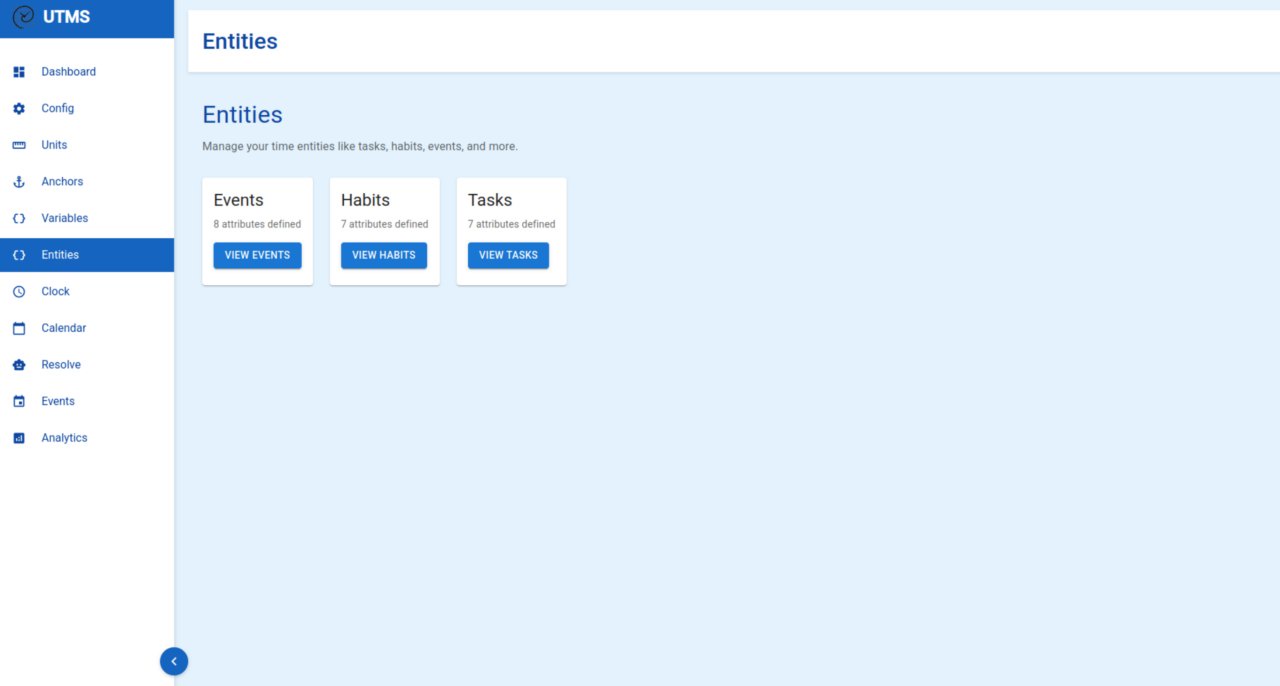
Time entities and their relationships within UTMS.
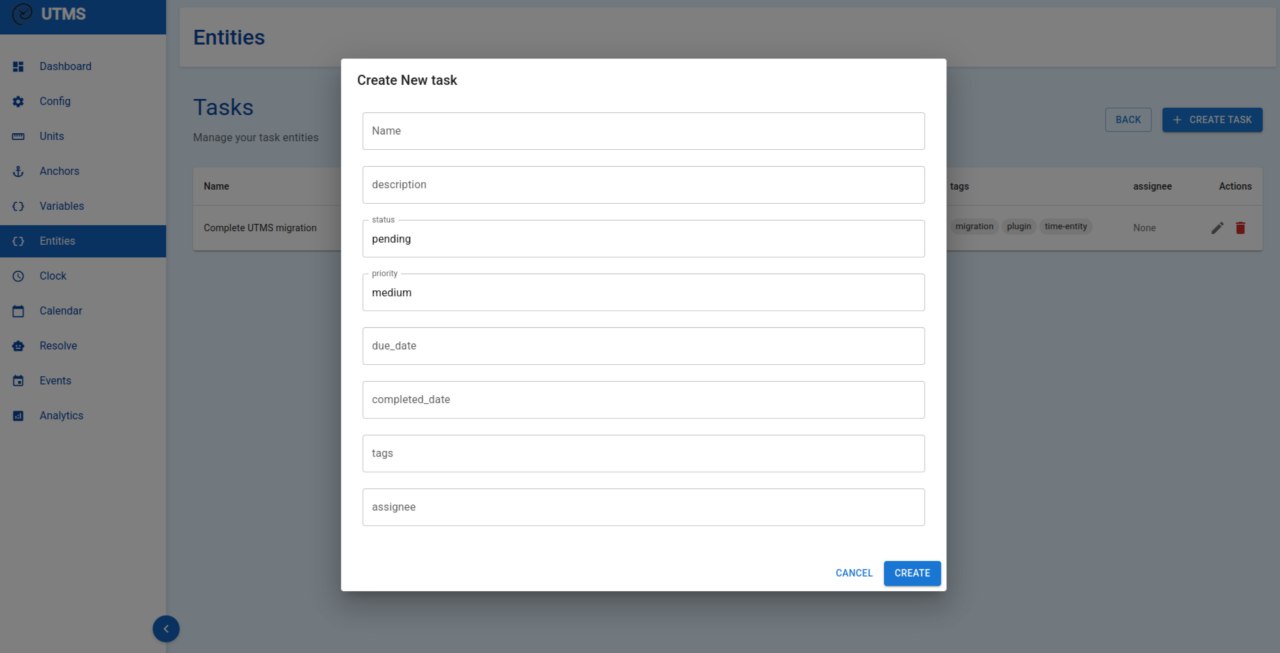
Managing tasks and their time dependencies in UTMS.
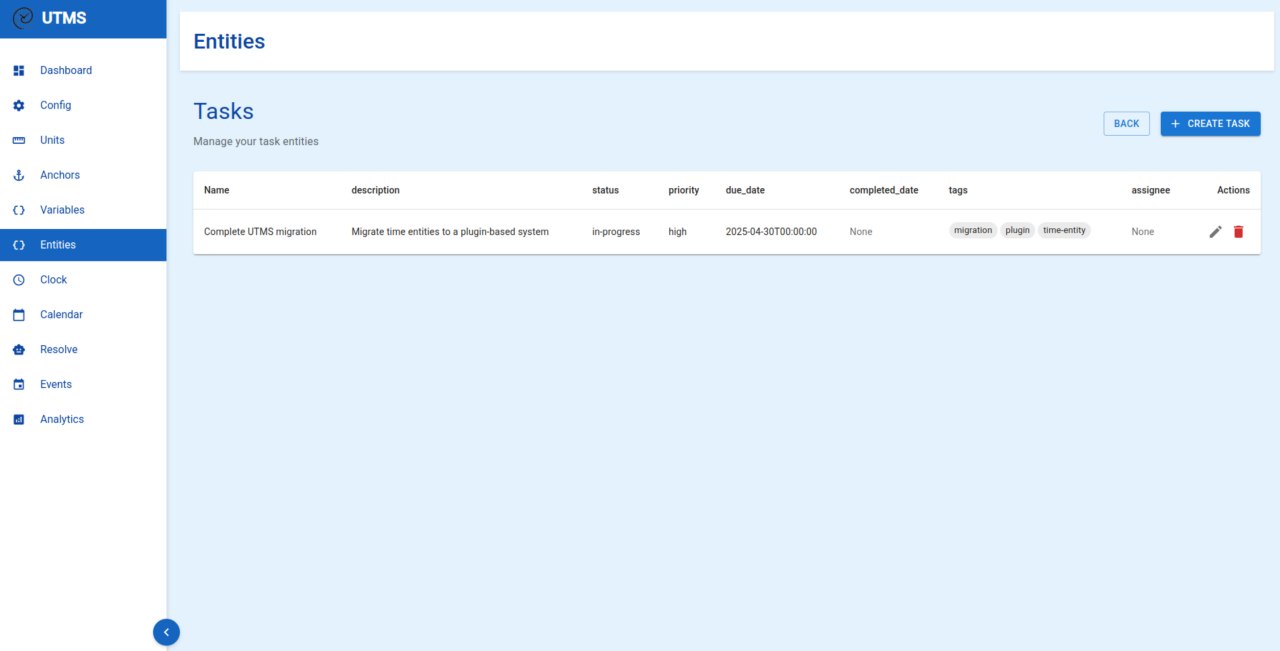
The diverse entities within UTMS and their dynamic properties.
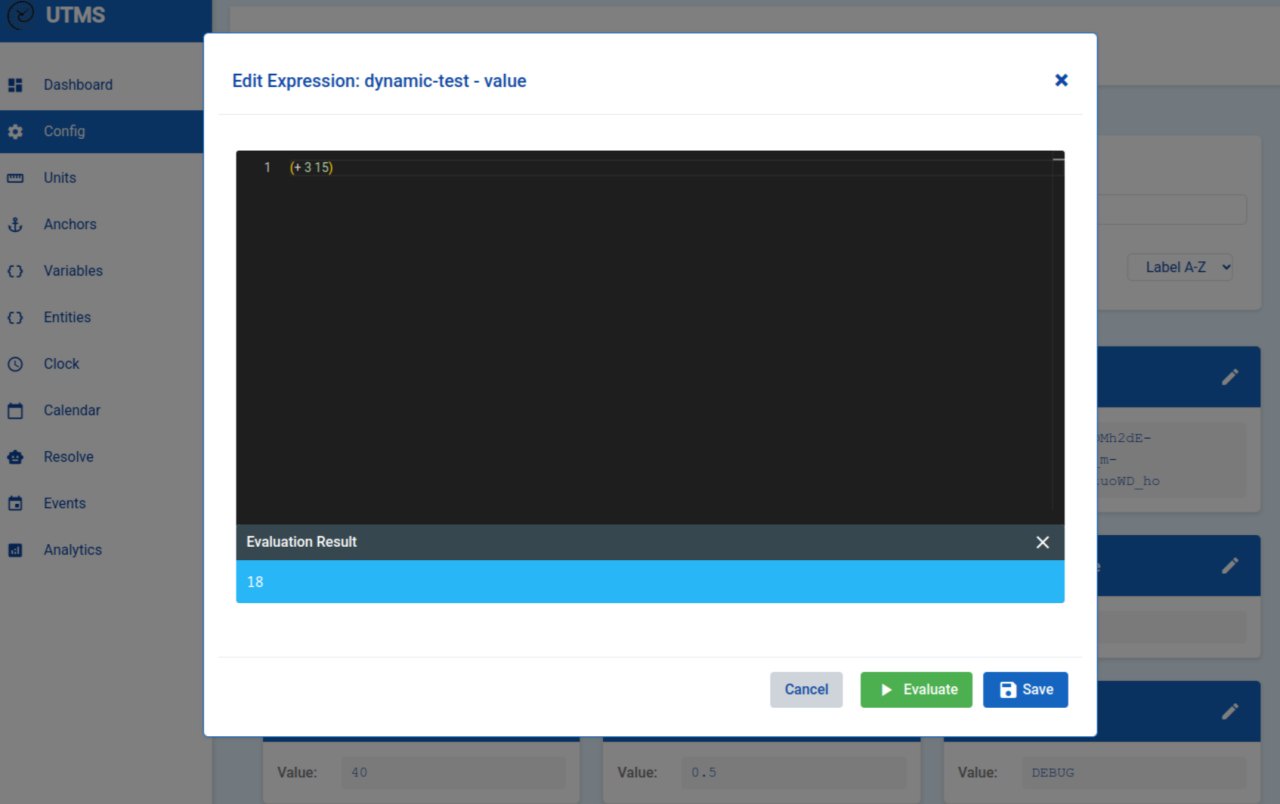
The UTMS editor interface for seamless time management.
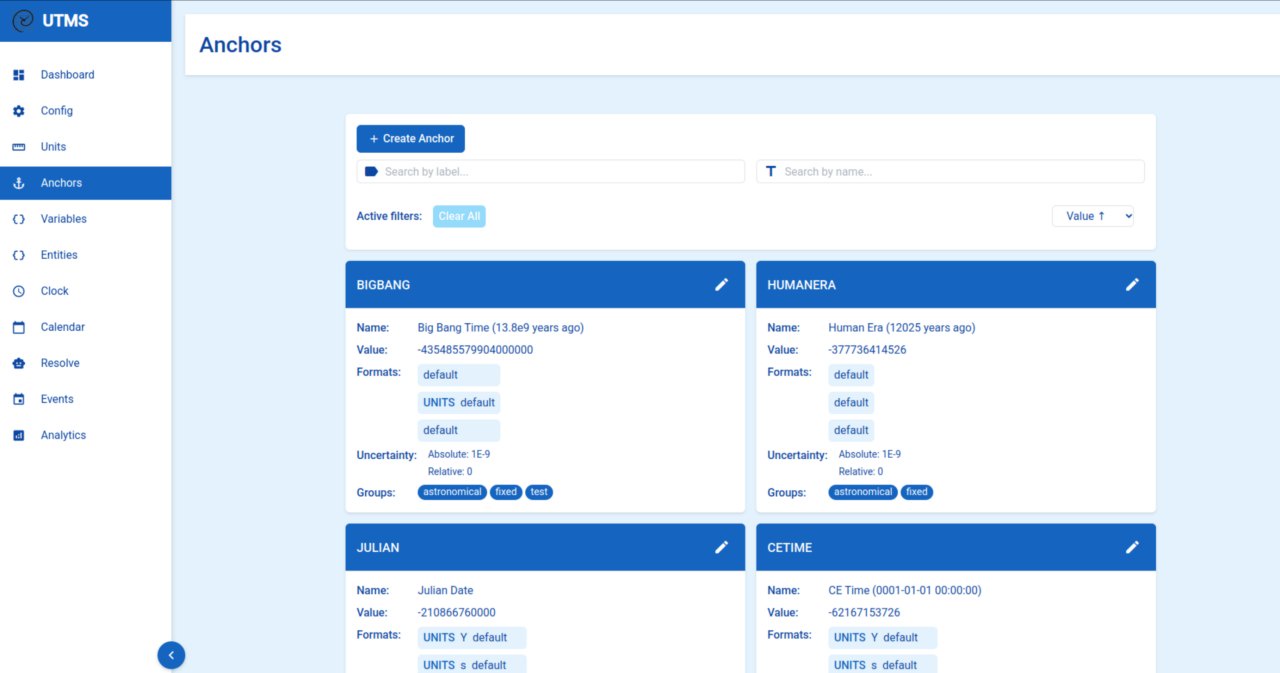
Anchors in UTMS for setting reference points in time.
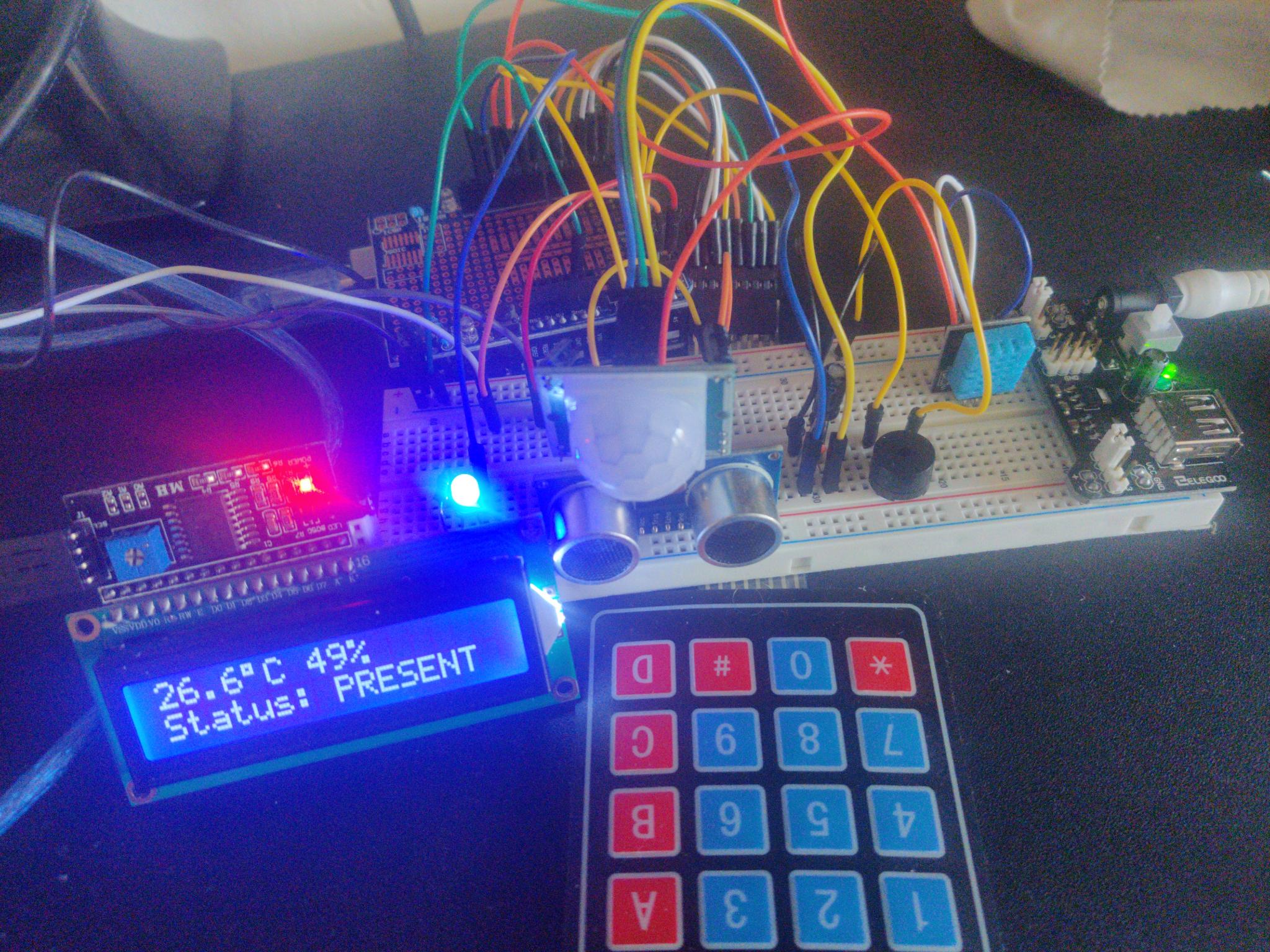
Hardware setup for UTMS integration.
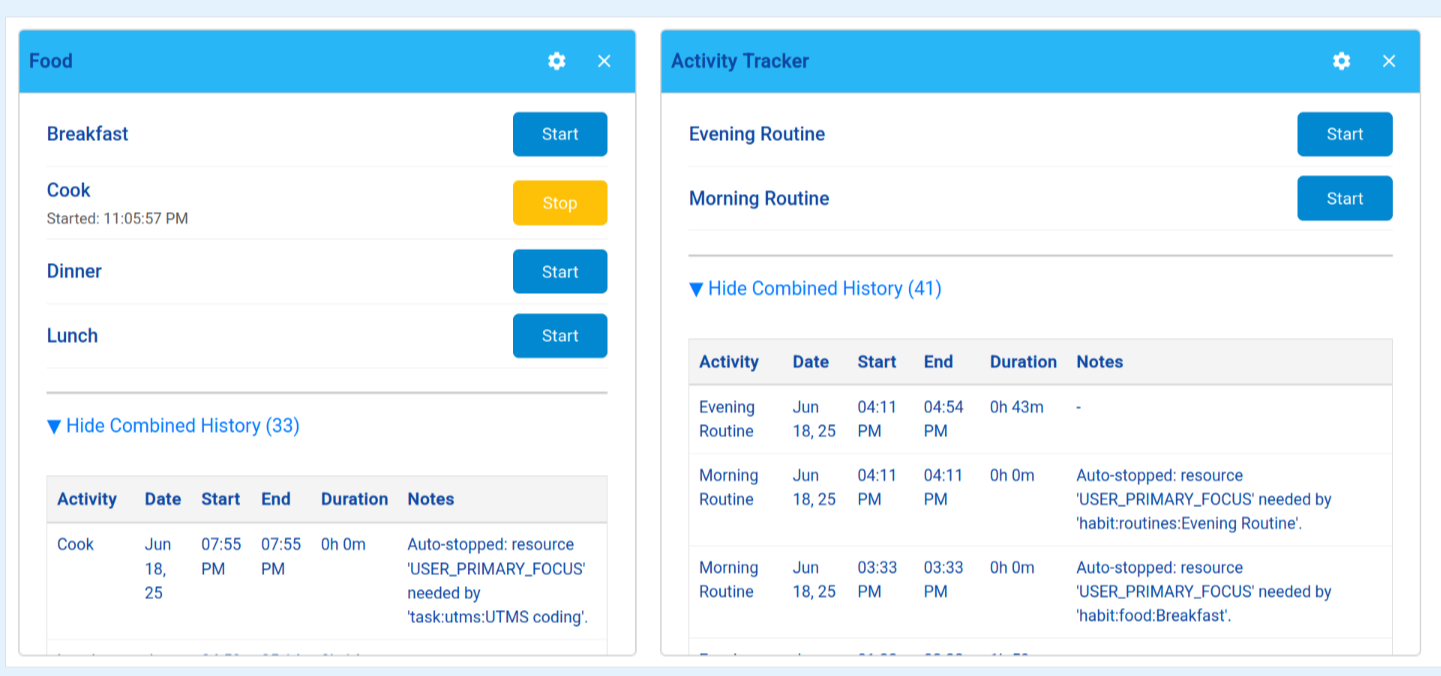
Tracking various activities with UTMS.
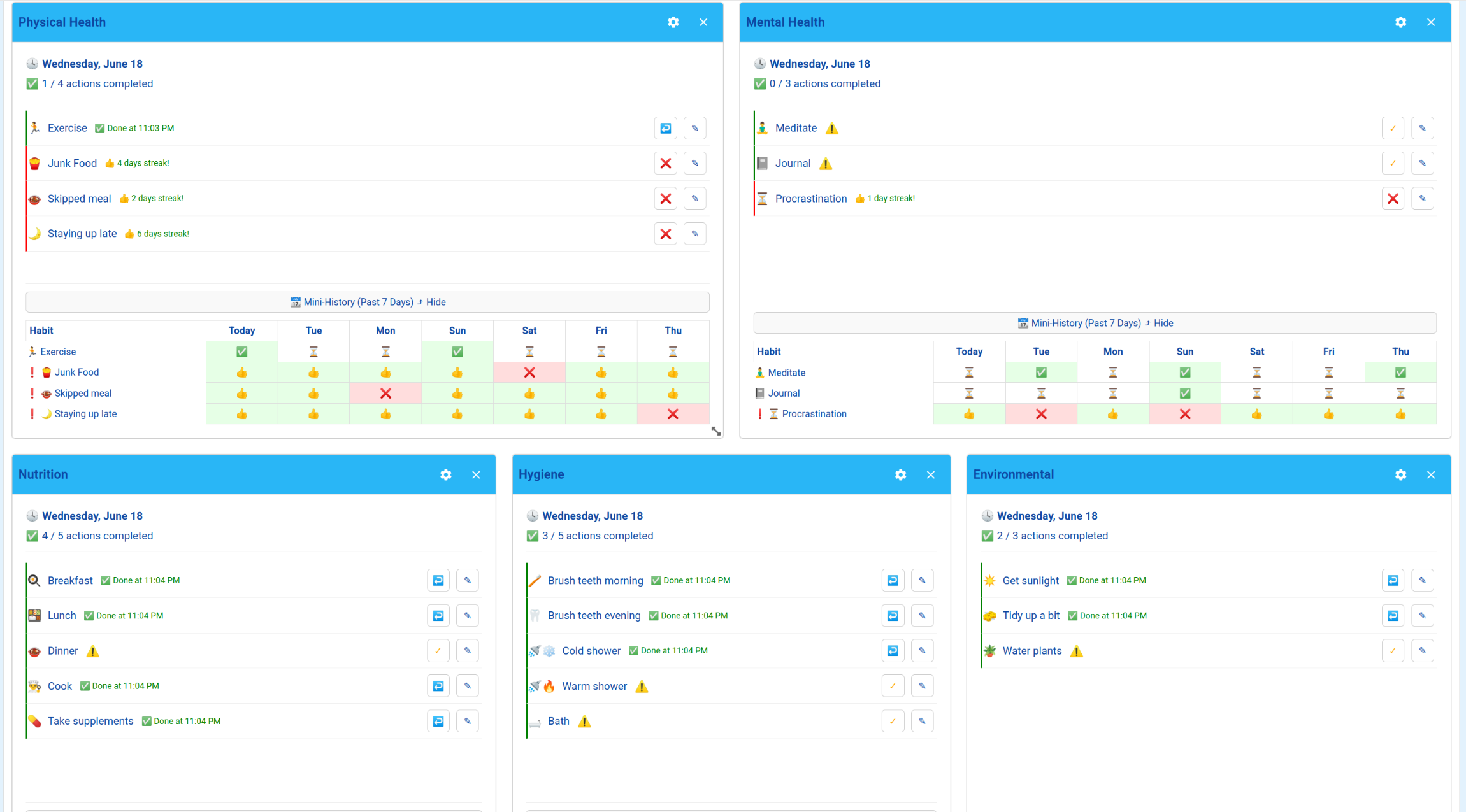
Habit tracking visualization.
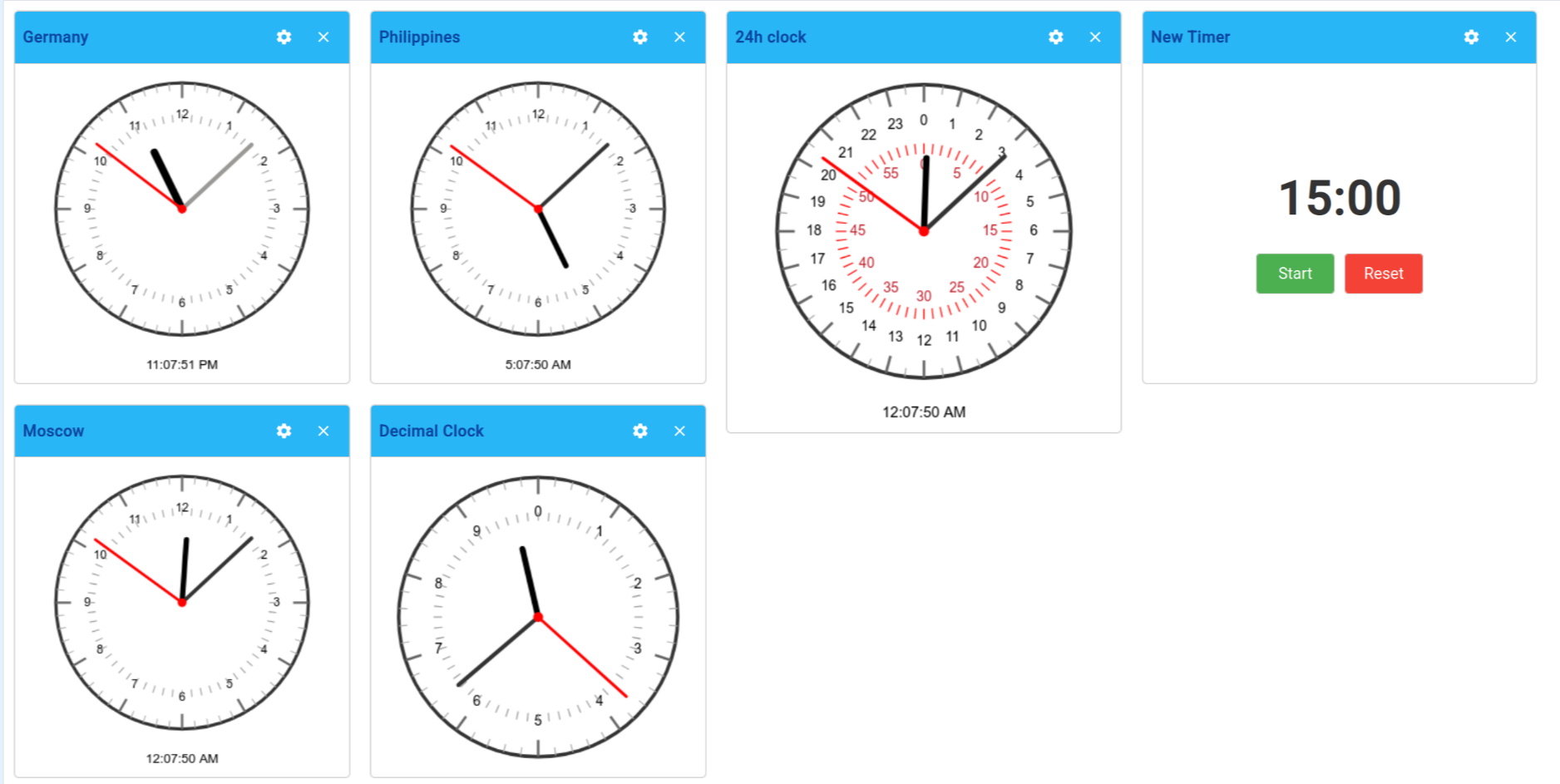
Various clock formats supported by UTMS.
![]()
Charts visualizing tracked metrics.
![]()
Mood tracking with UTMS.
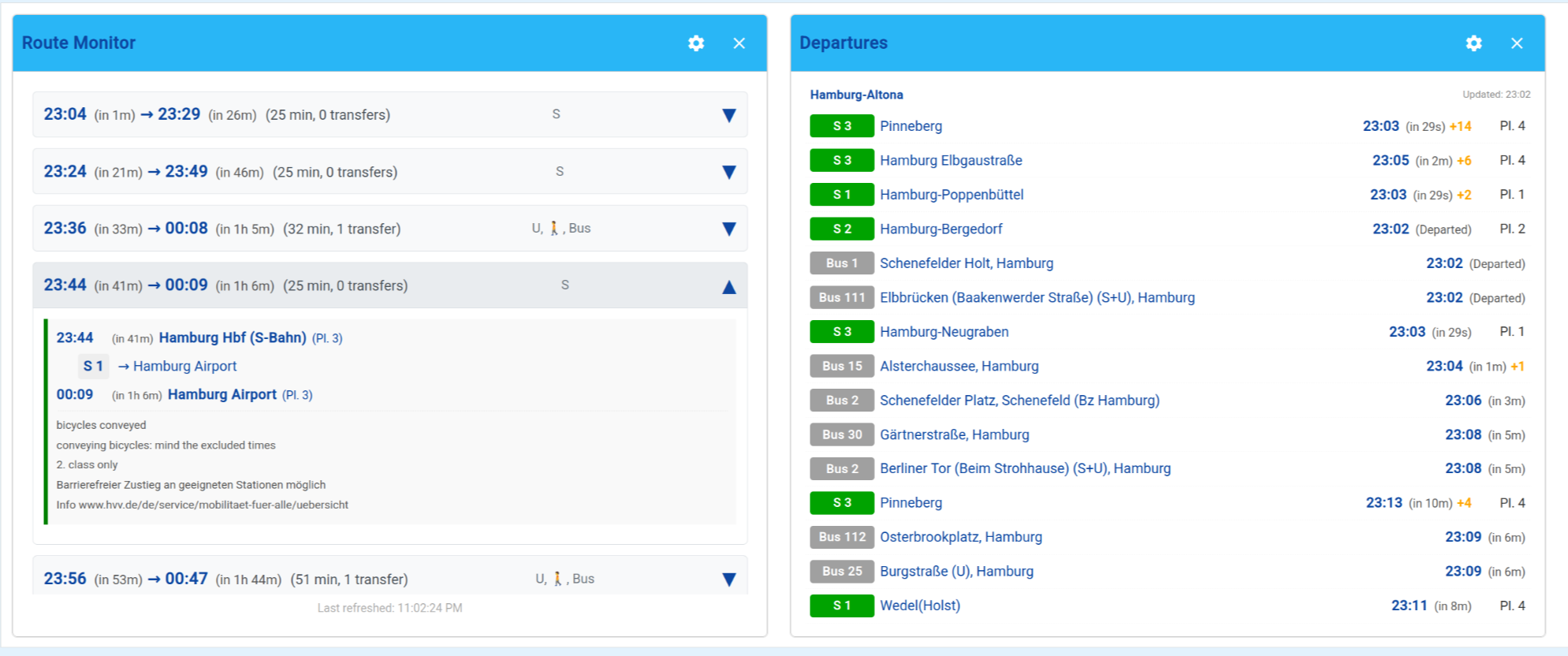
Example of scheduling and tracking public transport.

Weather data integration and visualization.
Why UTMS Matters
- For Scientists: A robust system that allows precise, scalable, and uncertainty-aware time calculations.
- For Developers: A flexible API and CLI for handling time in ways that traditional systems fail to accommodate.
- For Thinkers & Innovators: A reimagined temporal framework that adapts to the evolving needs of a multi-planetary civilization.
Join the Initiative
UTMS is an open project, inviting collaboration from developers, researchers, and systems thinkers. If you’re interested in contributing or integrating UTMS into your workflows, check out the resources below and get involved.